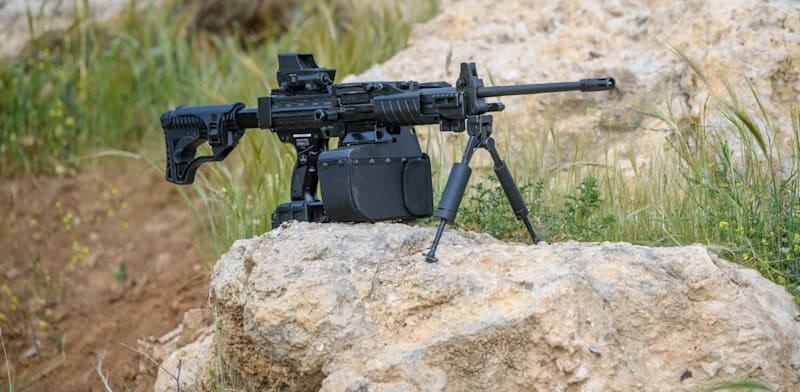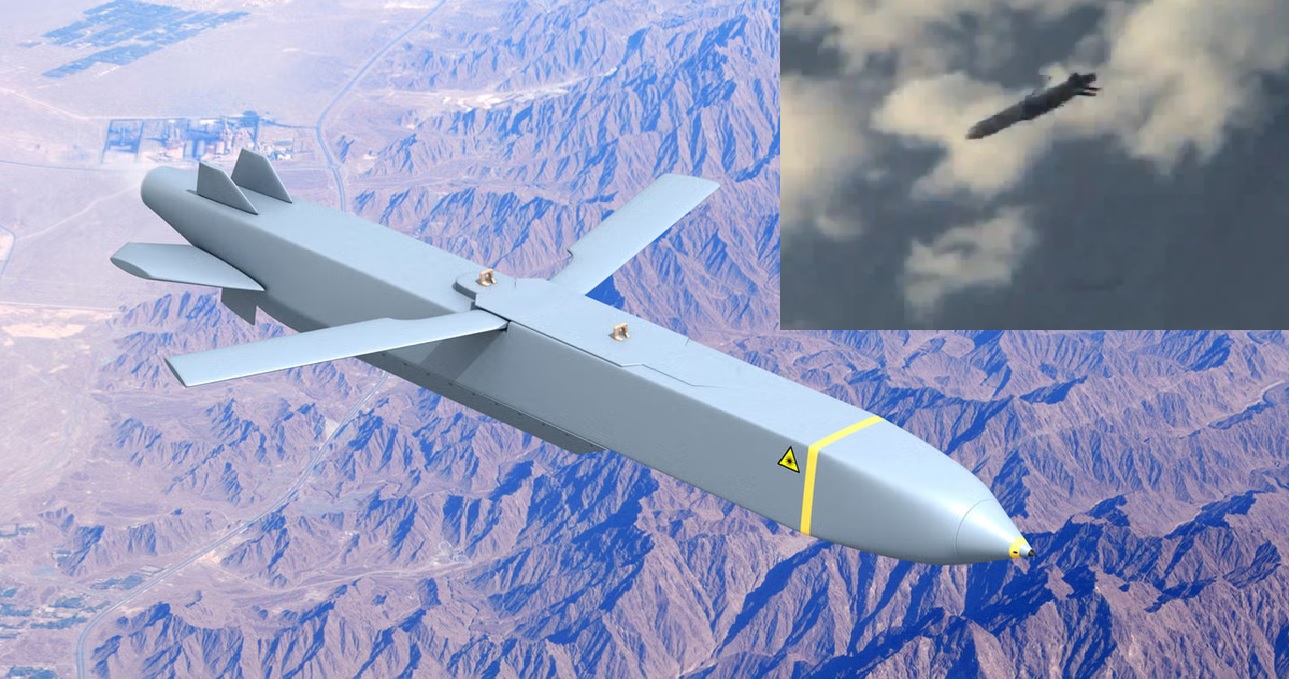US F-35B Lands on Japan’s Largest Warship, Signaling a New Era for Japanese Naval Aviation

In a historic milestone for Japan's maritime defense, a U.S. F-35B Lightning II fighter jet landed on the JS Kaga, an Izumo-class helicopter destroyer, on October 20. This event marked the first time a fixed-wing aircraft had landed on Japan's largest warship, highlighting a new chapter in Japan's naval capabilities and underscoring the strengthening of its alliance with the United States. The landing took place off the southern coast of California, as part of comprehensive sea trials aimed at assessing the ship's readiness to support advanced fixed-wing aircraft operations.
Setting the Stage for the Landing
The significance of the F-35B’s arrival on the JS Kaga goes beyond a mere technical achievement; it is a bold step towards evolving Japan’s self-defense strategy. The ship, which was initially designed to operate helicopters, underwent extensive modifications to accommodate the state-of-the-art stealth fighter. These upgrades included reinforcing the flight deck with a heat-resistant coating to endure the extreme temperatures generated by the F-35B's powerful vectored-thrust engines. The bow was reshaped to optimize the flow of air across the flight deck, and specialized lighting was added to facilitate nighttime operations.
The JS Kaga's transformation represents a strategic pivot for the Japan Maritime Self-Defense Force (JMSDF), allowing the ship to serve as a de facto aircraft carrier. Although Japan’s constitution restricts the use of offensive military capabilities, the deployment of F-35Bs aboard the Kaga could potentially enhance the country’s ability to project air power and respond to regional threats.
The F-35B: A Technological Marvel
The F-35B Lightning II is not just any fighter jet—it is a fifth-generation aircraft renowned for its stealth capabilities, advanced sensors, and versatility. This short takeoff and vertical landing (STOVL) variant of the F-35 is particularly suited for operations aboard the Kaga because it does not require a catapult to launch or an arrestor wire to land. Its ability to take off from shorter runways and land vertically makes it ideal for naval operations on vessels that lack the expansive flight decks of traditional aircraft carriers.
The F-35B's propulsion system, which incorporates a unique swiveling rear exhaust nozzle and a lift fan near the cockpit, enables it to hover like a helicopter and land in confined spaces. This technology allows the aircraft to deliver cutting-edge combat capabilities even from ships that are not conventionally equipped for fixed-wing aviation. With a top speed of around 1,200 mph (Mach 1.6) and a combat radius of approximately 450 nautical miles, the F-35B brings a potent combination of speed, agility, and firepower to Japan's maritime defense.
Strategic Implications of the Sea Trials
The recent landing was conducted by a test pilot from Air Test and Evaluation Squadron Two Three (VX-23), based at Naval Air Station Patuxent River in Maryland. The pilot touched down at approximately 3:15 p.m., showcasing the Kaga’s readiness to operate one of the world's most advanced fighter jets. The trials, expected to span three weeks, involve a joint team of experts from the F-35 Pax River Integrated Test Force (Pax ITF) and the JMSDF. This test phase will assess the operational compatibility of the F-35B with the Kaga's newly modified deck and systems.
Commanding Officer Capt. Shusaku Takeuchi emphasized the trials' importance, noting that the integration of the F-35B into the JMSDF represents a leap forward in Japan’s defense capabilities. "This test is essential for strengthening Japan’s defense capabilities and is of utmost importance. It not only enhances the capabilities of the Maritime Self-Defense Force but also improves interoperability between Japan and the U.S., strengthening deterrence and response capabilities in the Japan-U.S. alliance,” he said.
The trials are more than just a technical assessment; they are a diplomatic statement. Japan’s commitment to enhancing its naval aviation capabilities in collaboration with the U.S. sends a message of unity and deterrence to potential adversaries in the region. The ability to operate F-35Bs from the Kaga will provide Japan with a forward-deployed air power asset that can respond swiftly to emerging threats in the Indo-Pacific.
A New Era for Japanese Naval Aviation
Japan's maritime strategy has long been defensive, with an emphasis on anti-submarine warfare and territorial defense. However, the ability to deploy F-35Bs changes the strategic calculus. The JS Kaga, alongside its sister ship, the JS Izumo, has been transformed from a helicopter destroyer into a vessel capable of launching cutting-edge fighter jets. This shift aligns Japan more closely with the practices of traditional aircraft carrier operations, despite the country's official stance on military restraint.
The modifications to the Kaga are not only technical but also symbolic of Japan's evolving approach to national defense. The JS Kaga is named after a famous aircraft carrier that played a role during World War II, and its transformation echoes a return to Japan’s carrier-operating heritage, albeit under a modern, defensive doctrine. With the F-35B integration, Japan can project air power over greater distances, enhancing regional stability through deterrence and contributing to allied operations.
The Kaga’s new capabilities also underscore the growing interoperability between the JMSDF and the U.S. Navy. By sharing platforms, tactics, and technologies, the two nations can more effectively coordinate in joint missions, humanitarian assistance, disaster relief operations, and other military engagements.
Looking Forward
The success of these initial trials will pave the way for broader operational deployment of the F-35B in the coming years. Once fully operational, the Kaga will be able to embark a contingent of F-35Bs, enabling Japan to maintain a flexible and responsive maritime posture in the Pacific. Given the increasing military activities in the region, including China's growing naval presence, Japan’s ability to project air power from its warships will be a significant asset in maintaining regional security.
The recent landing of the U.S. F-35B on the JS Kaga marks not just a technical achievement but a strategic one, signaling Japan's commitment to modernizing its Self-Defense Forces and reinforcing its alliance with the United States. This event is the beginning of a transformative period for Japanese naval aviation, as the nation steps up to new defense challenges in a rapidly changing geopolitical landscape.


